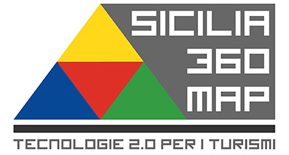Asset management, which takes an approach that is strategic in long-term maintenance and leveraging tech in M&A negotiation processes operational planning, can help to in coordinating physical assets with the company’s overall goals. Strategic asset management allows decision makers to align budgetary goals with the requirements of service levels for sustainable infrastructure and facilities rather than relying solely on budgets.
This approach relies on a group with an agreed-upon vision. This means that the people who operate and maintain your assets are a crucial component of the process because they know your equipment inside and out. They can offer valuable insight on how to improve procedures and processes, and have a major impact on the program for asset management. Engaging these employees from the beginning will help in gaining buy-in and make sure that everyone is on the same page when it comes to developing your strategy.
A sound strategic asset management program starts by identifying and cataloguing every asset you own, together with their locations and conditions. This will allow you to identify your most important assets, and prioritize their maintenance. This information can be used for other initiatives, such as streamlining work orders and maximising uptime.
Another important aspect is evaluating the impact of decisions made regarding asset management on your community. This includes weighing the immediate cost against the long-term benefits and savings, and evaluating the effect on the environment.




